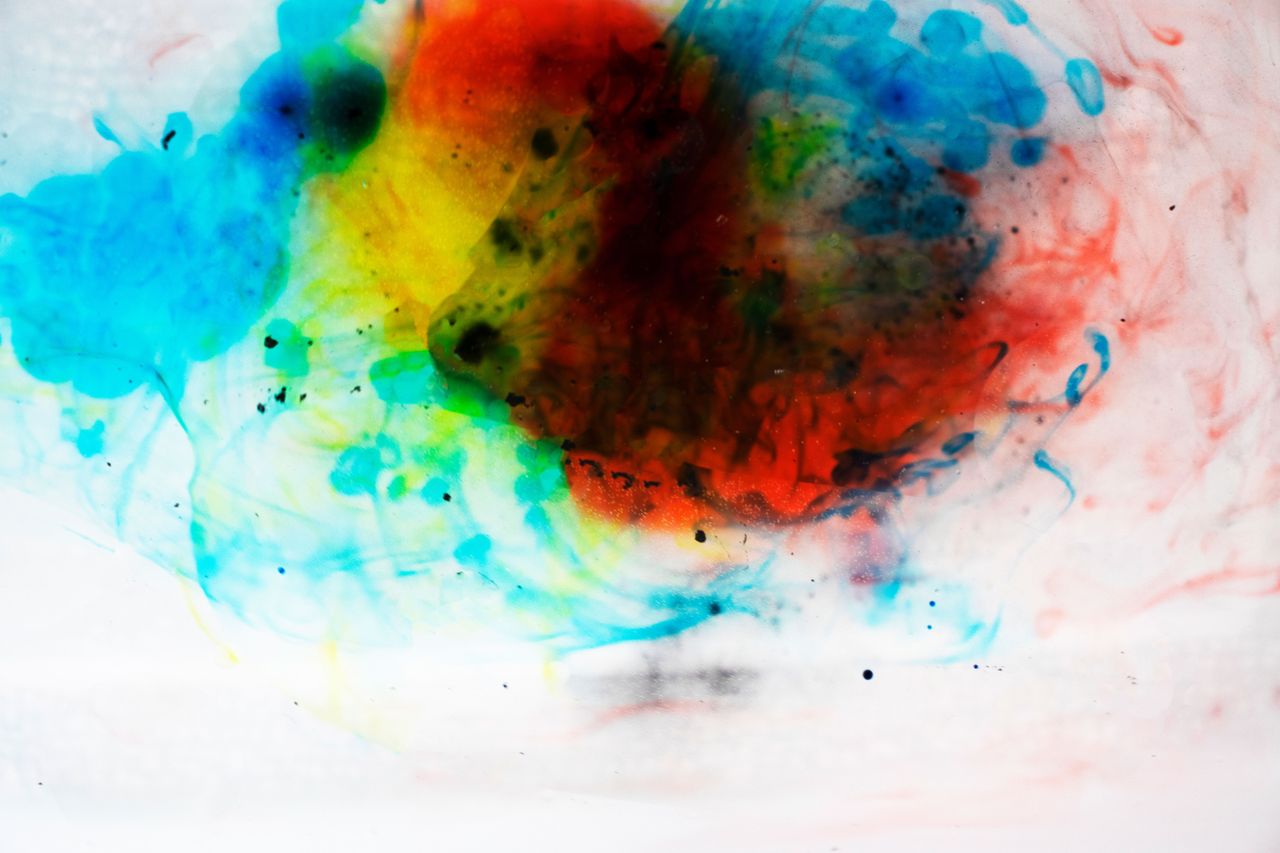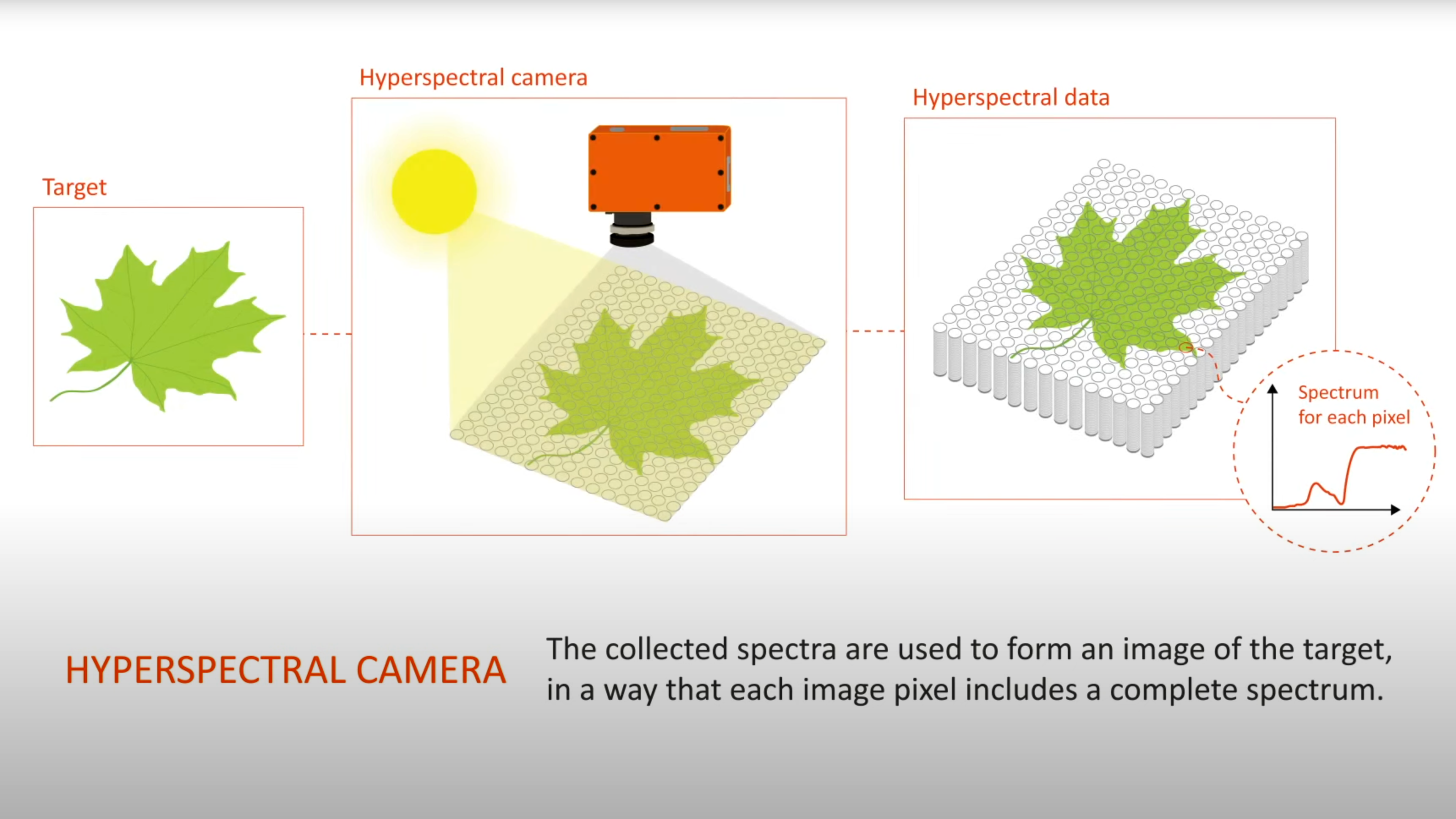
Thought a camera sensor could only capture three colors: red, green, and blue? Think again. Researchers at the University of Utah have developed new camera tech that enables a smartphone camera to 'see' a whopping 25 different color channels in high definition video.
However, this technology isn't about increasing the color fidelity in a standard digital photograph. Rather, it enables a camera to see different spectrums of light in order to gain a more comprehensive image of a subject beyond that of the traditional visible light spectrum. The practical result means your phone could be used to detect disease in plants, identify a skin condition, determine how ripe a piece of fruit is, and plenty more besides. Facial recognition could also be enhanced, as a hyperspectral camera can see above and beyond what the eye and a conventional digital camera can detect.

This newly developed diffractive filter with nanoscale patterns can be placed over a normal smartphone camera sensor, turning it into a hyperspectral camera. The 25 channels of captured spectral color data are turned into a compressed 2D image, then an algorithm converts this into a three dimensional 'data cube'.
As for when the technology may become commercially viable is anyone's guess, but it at least gives food for thought, and shows how smartphone cameras can be advanced in a more innovative direction than merely increasing megapixel counts and sensor size.







